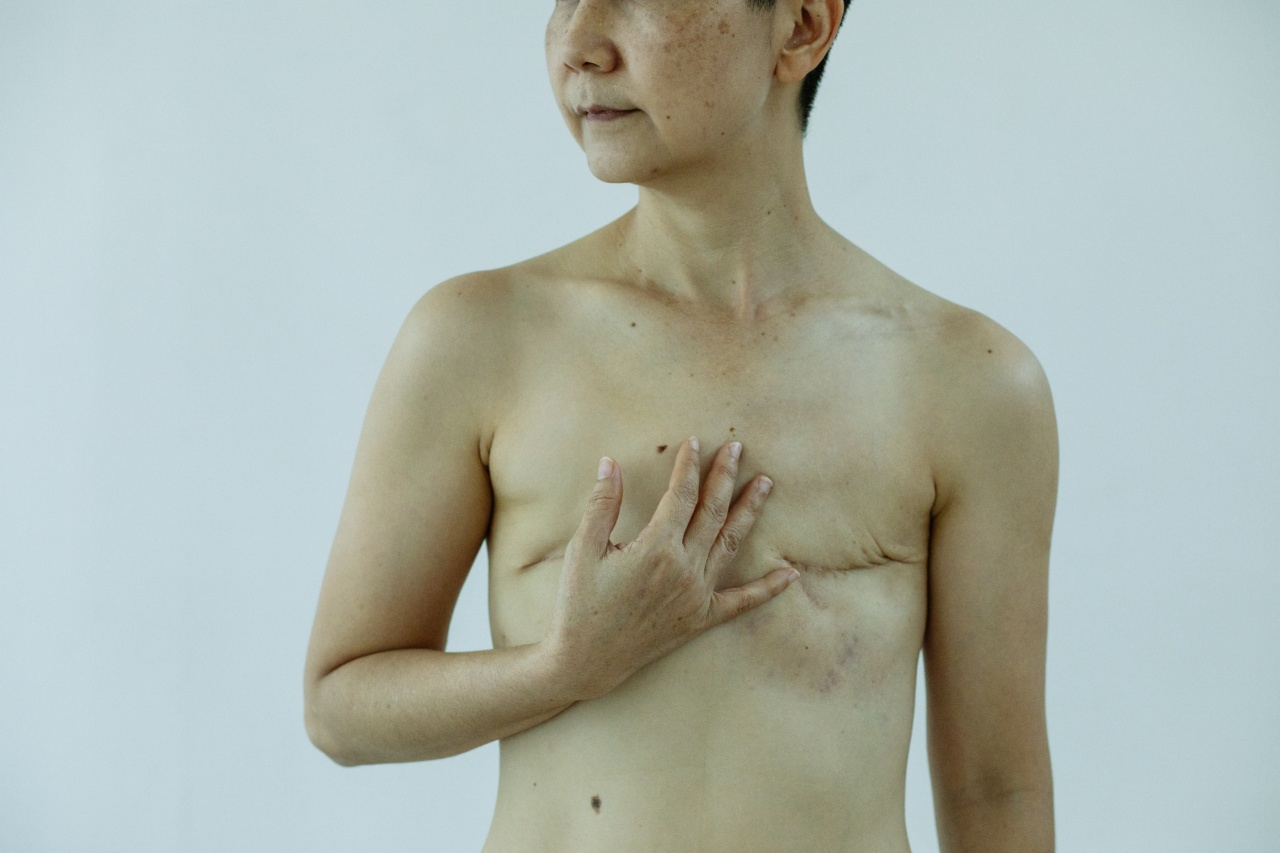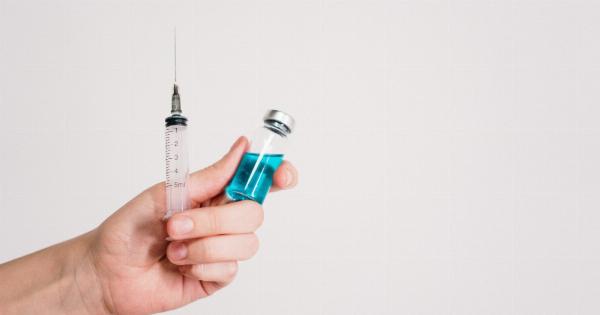Early detection is crucial in the fight against breast and ovarian cancer. These two types of cancer are among the leading causes of cancer deaths in women worldwide.
However, when detected early, the chances of successful treatment and survival greatly increase. In this article, we will explore the benefits of early detection in breast and ovarian cancer and highlight the various screening methods available.
1. Increased Treatment Options
One of the primary benefits of early detection is that it opens up a wider range of treatment options for patients.
When breast or ovarian cancer is diagnosed at an early stage, it is often limited to a specific area and has not yet spread to nearby lymph nodes or other organs. This allows for more localized treatments such as surgery or radiation therapy, which can be highly effective in removing or destroying cancer cells.
2. Higher Survival Rates
The earlier breast or ovarian cancer is detected, the higher the chances of survival. According to studies, the five-year survival rate for breast cancer is over 90% when detected at an early stage.
Similarly, the five-year survival rate for ovarian cancer is significantly higher when diagnosed at an early stage compared to late-stage diagnosis. Early detection allows for prompt intervention and treatment, leading to better outcomes.
3. Reduced Treatment Intensity
Early detection often means that the cancer is at a smaller size and has not spread extensively. This provides an opportunity for less aggressive and intrusive treatments.
For example, a smaller breast tumor may only require a lumpectomy (removal of the tumor) instead of a full mastectomy (removal of the entire breast). Similarly, early-stage ovarian cancer may be treated with surgery alone, sparing the need for extensive chemotherapy or radiation therapy.
4. Improved Quality of Life
Early detection not only increases the chances of survival but also improves the overall quality of life for patients.
By catching the cancer early, patients can avoid or minimize the debilitating symptoms and side effects that often accompany advanced-stage cancer. Early treatment means less damage to surrounding tissues and organs, leading to a better quality of life and reduced long-term or permanent complications.
5. Cost Savings
While cancer treatments can be costly, early detection can lead to significant cost savings in the long run.
Treating cancer at an advanced stage often requires more extensive treatments, such as multiple surgeries, aggressive chemotherapy regimens, and prolonged hospital stays. These treatments not only come with high financial costs but also emotional and physical burdens. On the other hand, early detection allows for less intensive treatments, reducing the financial burden on patients and healthcare systems.
6. Emotional Wellbeing
A cancer diagnosis can cause immense emotional distress for patients and their loved ones. Early detection offers the possibility of a more positive emotional experience.
Knowing that the cancer has been caught early and that treatment is likely to be successful can provide a sense of relief and hope. Moreover, early detection may allow patients to avoid the fear and uncertainty associated with an advanced-stage diagnosis and prolonged treatment regimens.
7. Family Planning Options
For women diagnosed with breast or ovarian cancer at a younger age, early detection can enable them to make informed decisions about their reproductive health.
Depending on the treatment plan and prognosis, women may have the opportunity to undergo fertility preservation procedures before starting cancer treatments. This can provide options for future family planning, giving patients more control over their reproductive choices.
8. Supportive Care and Resources
Early detection often leads to better access to supportive care and resources. When cancer is diagnosed at an early stage, patients can be connected with a multidisciplinary team, including oncologists, surgeons, nurses, and support staff.
These healthcare professionals can guide patients through treatment options, provide emotional support, and connect them with resources such as support groups, counseling services, and educational materials.
9. Improved Public Health
Early detection not only benefits individuals but also has a positive impact on public health.
By implementing effective screening programs and raising awareness about the importance of early detection, the overall rate of advanced-stage breast and ovarian cancer cases can be reduced. This not only saves lives but also reduces the healthcare burden associated with advanced cancer treatments.
10. Empowerment and Advocacy
Early detection empowers individuals to take control of their health and become advocates for their own well-being.
By knowing the signs and symptoms of breast and ovarian cancer, women can seek timely medical attention and request appropriate screenings. Additionally, survivors of early-stage breast and ovarian cancer often become advocates for early detection, spreading awareness and encouraging others to prioritize their health.
Conclusion
Early detection plays a pivotal role in the fight against breast and ovarian cancer.
The benefits of early detection include increased treatment options, higher survival rates, reduced treatment intensity, improved quality of life, cost savings, emotional well-being, family planning options, access to supportive care, improved public health, and personal empowerment. Through regular screenings, awareness campaigns, and timely medical intervention, we can strive towards reducing the impact of breast and ovarian cancer on women’s lives.



























